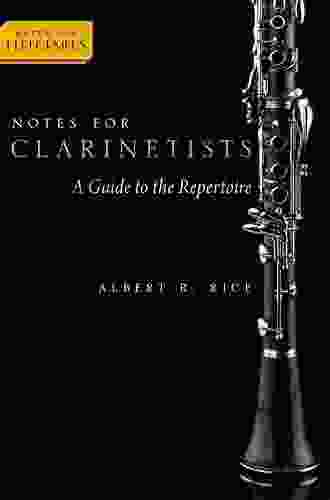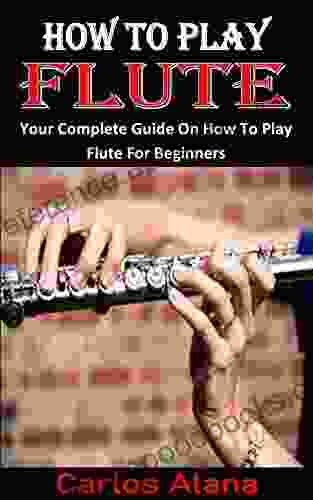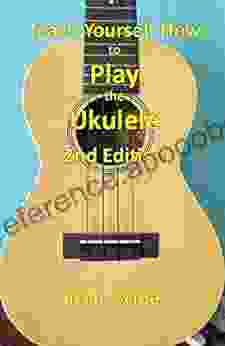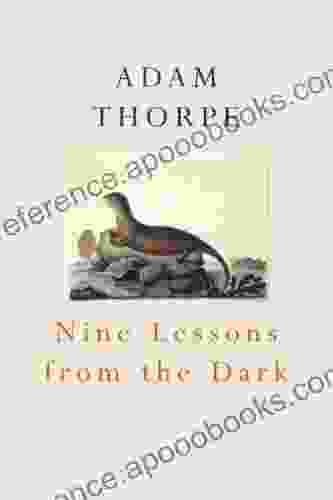The Ultimate Guide to the Repertoire Notes for Performers

As a performer, whether you're a musician, singer, actor, or any other creative artist, connecting with your audience is paramount. One powerful tool that can enhance your performances and deepen the audience's engagement is the repertoire notes.
Repertoire notes are supplementary information that provides context, insights, and background about the pieces you're performing. They can illuminate the historical significance, cultural influences, and personal experiences that have shaped the works.
4.7 out of 5
| Language | : | English |
| File size | : | 8099 KB |
| Text-to-Speech | : | Enabled |
| Screen Reader | : | Supported |
| Enhanced typesetting | : | Enabled |
| Word Wise | : | Enabled |
| Print length | : | 296 pages |
| Lending | : | Enabled |
This comprehensive guide will delve into the world of repertoire notes, empowering you with the knowledge and techniques to use them effectively. We'll explore the types of repertoire notes, how to research and gather information, and how to present them in a captivating manner.
Types of Repertoire Notes
Repertoire notes can be classified into several categories:
Historical Context
These notes provide information about the time and place when the piece was created, the historical events that influenced it, and the cultural and social context in which it was performed. Understanding the historical backdrop can add depth and authenticity to your performance.
Biographical Information
Notes about the composer, author, or artist can shed light on their life experiences, motivations, and inspirations. This information can help you connect with the piece on a more personal level and convey the emotions and intentions of the creator.
Analysis and Interpretation
These notes offer insights into the structure, form, and meaning of the piece. They can explore themes, motifs, harmonies, and other musical or artistic elements. Providing analysis and interpretation can guide your performance choices and enhance the understanding of your audience.
Performance Practices
Notes on performance practices can provide specific instructions or suggestions on how the piece might have been performed historically or in different interpretations. This information can help you make informed decisions about tempo, dynamics, articulation, and other performance aspects.
Personal Reflections
Sharing your own experiences, thoughts, and emotions about the piece can create a personal connection with the audience. Personal reflections can add a unique and authentic touch to your performance, inviting the audience into your interpretation.
Researching and Gathering Information
Creating informative and engaging repertoire notes requires thorough research and gathering of information. Here are some valuable sources:
Online Resources
The internet offers a wealth of information, including articles, books, and databases. Use search engines and specialized websites dedicated to music, history, or literature to find relevant materials.
Libraries and Archives
Libraries and archives often house valuable books, manuscripts, and primary sources that can provide insights into the history and context of your repertoire. Contact librarians or archivists for assistance in locating relevant materials.
Interviews
If possible, reach out to composers, performers, or experts who have knowledge of the piece you're performing. Interviews can provide firsthand accounts and unique perspectives.
Score Study
Closely studying the musical score can yield valuable insights into the structure, form, and composer's intentions. Analyze the instrumentation, harmonies, and melodies to gain a deeper understanding of the piece.
Presenting Repertoire Notes
Once you've gathered your information, it's time to present your repertoire notes in a captivating manner. Here are some guidelines:
Be Concise
Keep your notes brief and to the point. Avoid overwhelming your audience with excessive details. Focus on the most important and relevant information.
Be Clear and Engaging
Write your notes in a clear and accessible language. Avoid technical jargon and use descriptive and evocative language to engage your audience emotionally.
Integrate with Performance
Find ways to incorporate your repertoire notes into your performance seamlessly. Refer to them during s, pauses, or transitions. This will help connect the information to the music and enhance the audience's experience.
Practice Delivery
Rehearse your presentation of the notes as much as possible. Practice speaking clearly and with enthusiasm. Consider using gestures or visual aids to enhance your delivery.
Mastering the art of repertoire notes is an invaluable skill for any performer. By researching, gathering information, and presenting it effectively, you can create engaging and informative notes that will captivate your audience, deepen their understanding of your performance, and elevate your connection with them.
Remember, repertoire notes are not just about providing facts and details. They are an opportunity to share your passion, knowledge, and personal insights. By embracing this opportunity, you can transform your performances into truly memorable and meaningful experiences.
4.7 out of 5
| Language | : | English |
| File size | : | 8099 KB |
| Text-to-Speech | : | Enabled |
| Screen Reader | : | Supported |
| Enhanced typesetting | : | Enabled |
| Word Wise | : | Enabled |
| Print length | : | 296 pages |
| Lending | : | Enabled |
Do you want to contribute by writing guest posts on this blog?
Please contact us and send us a resume of previous articles that you have written.
 Book
Book Novel
Novel Page
Page Chapter
Chapter Text
Text Story
Story Genre
Genre Reader
Reader Library
Library Paperback
Paperback E-book
E-book Magazine
Magazine Newspaper
Newspaper Paragraph
Paragraph Sentence
Sentence Bookmark
Bookmark Shelf
Shelf Glossary
Glossary Bibliography
Bibliography Foreword
Foreword Preface
Preface Synopsis
Synopsis Annotation
Annotation Footnote
Footnote Manuscript
Manuscript Scroll
Scroll Codex
Codex Tome
Tome Bestseller
Bestseller Classics
Classics Library card
Library card Narrative
Narrative Biography
Biography Autobiography
Autobiography Memoir
Memoir Reference
Reference Encyclopedia
Encyclopedia Thomas R Guskey
Thomas R Guskey Aj K
Aj K A Lee Martinez
A Lee Martinez Cory Doctorow
Cory Doctorow Lillian Mccloy
Lillian Mccloy Guillermo Escribano
Guillermo Escribano Brianna Gray
Brianna Gray Abdallah Hendawy
Abdallah Hendawy Maz Johnrose
Maz Johnrose A L Sowards
A L Sowards Bryan Perrett
Bryan Perrett Carley Meyer Schweinberg
Carley Meyer Schweinberg Amanda Gail Click
Amanda Gail Click Daniel Melo
Daniel Melo Aaron H Oliver
Aaron H Oliver Tobias Hansen
Tobias Hansen Andy Read
Andy Read Adam Nicolson
Adam Nicolson Connie Jankowski
Connie Jankowski Philip F Rubio
Philip F Rubio
Light bulbAdvertise smarter! Our strategic ad space ensures maximum exposure. Reserve your spot today!
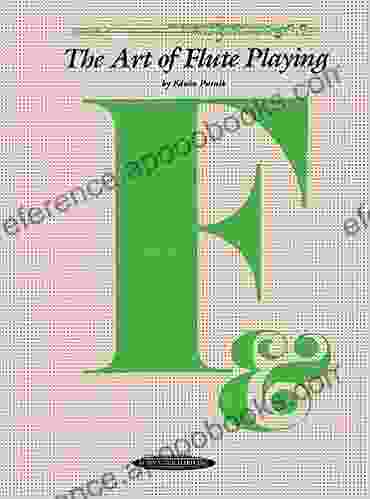
 Fernando PessoaThe Art of Flute Playing: The Art of Series - Elevate Your Musical Journey
Fernando PessoaThe Art of Flute Playing: The Art of Series - Elevate Your Musical Journey Floyd RichardsonFollow ·19.5k
Floyd RichardsonFollow ·19.5k Geoffrey BlairFollow ·6k
Geoffrey BlairFollow ·6k Nathaniel HawthorneFollow ·17.2k
Nathaniel HawthorneFollow ·17.2k Quentin PowellFollow ·4.5k
Quentin PowellFollow ·4.5k Greg FosterFollow ·13.2k
Greg FosterFollow ·13.2k Ryūnosuke AkutagawaFollow ·5.8k
Ryūnosuke AkutagawaFollow ·5.8k Art MitchellFollow ·7.3k
Art MitchellFollow ·7.3k George OrwellFollow ·4.5k
George OrwellFollow ·4.5k
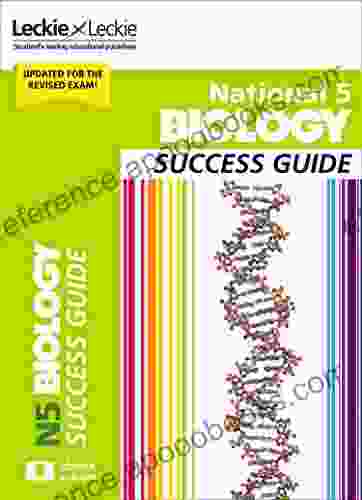
 Justin Bell
Justin BellUnlock National Biology Success: The Ultimate Guide to...
Mastering the Fundamentals: A Comprehensive...
 Luke Blair
Luke BlairAC/DC: The Early Years with Bon Scott – A Thunderstruck...
In the annals of rock and roll history, few...
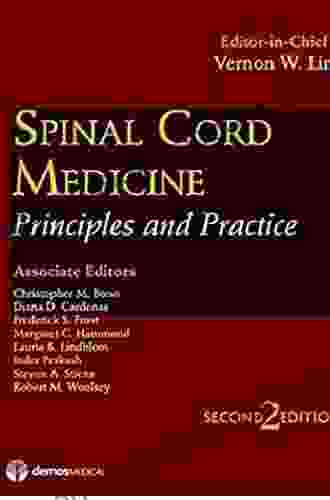
 Darren Nelson
Darren NelsonSpinal Cord Medicine Second Edition: The Comprehensive...
The second edition of Spinal Cord Medicine...
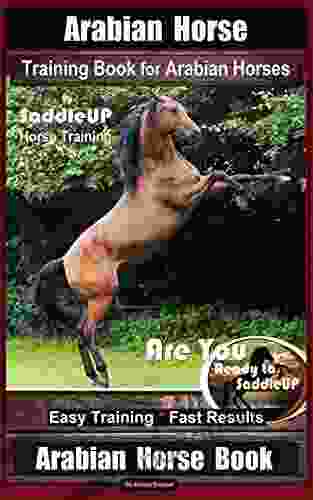
 Cole Powell
Cole PowellArabian Horse Training: Unlock the Secrets for a...
Indulge in the captivating world of Arabian...

 Oscar Wilde
Oscar WildeRevise Curriculum For Excellence SQA Exams: The Ultimate...
The Scottish...

 David Peterson
David PetersonEndoscopic Ear Surgery: A Comprehensive Guide for...
Endoscopic Ear...
4.7 out of 5
| Language | : | English |
| File size | : | 8099 KB |
| Text-to-Speech | : | Enabled |
| Screen Reader | : | Supported |
| Enhanced typesetting | : | Enabled |
| Word Wise | : | Enabled |
| Print length | : | 296 pages |
| Lending | : | Enabled |


